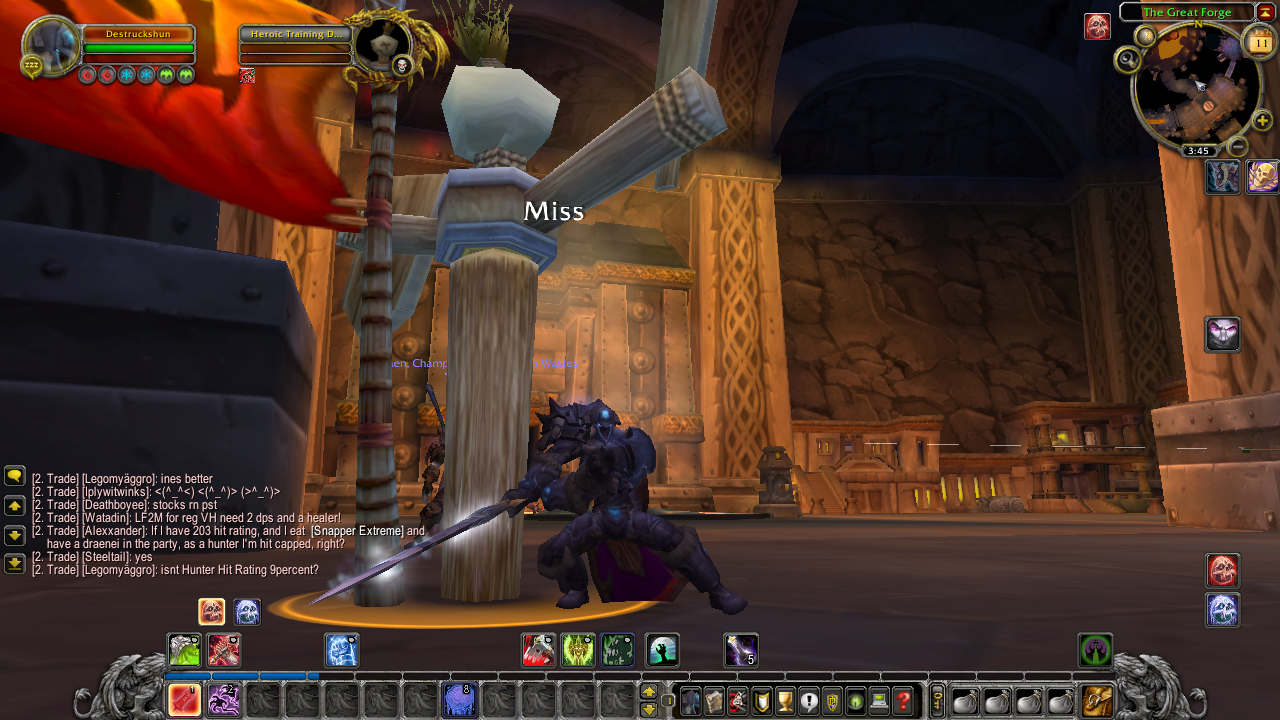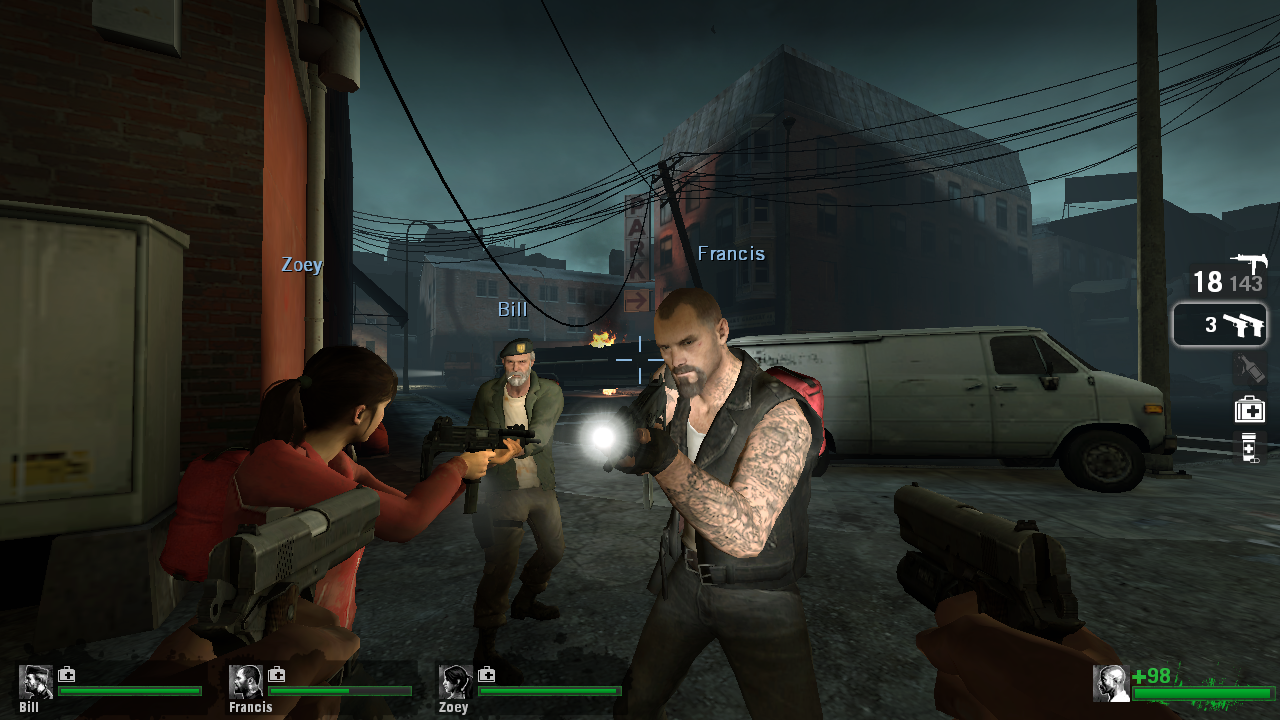Zotac's Ion Board On Windows 7: Nvidia Re-Arms Intel’s Atom
Ion As A Gaming PC
We didn’t have our hopes set too high here, but given the Ion’s G86-based graphics core and claims from Nvidia that its chipset would yield playable frame rates in first-person shooters like Call of Duty 4, we decided to run the board through a couple of popular modern games.
Nvidia supplied us with a long list of “mainstream” titles that it says work well at 1024x768 and low detail settings. That list includes Age of Empires III, several games in the Battlefield franchise, Call of Duty 4, C&C: Red Alert 3, Iron Man, Spore, and a couple of Warcraft games. Many of those are older titles with significant replay value, suggesting that the integrated graphics core is quick enough to serve up reasonable frame rates, especially in games that are sufficiently low-impact for the dual-core Atom to not hold back performance too much.
For our tests, we used Left 4 Dead and World of Warcraft, actually playing through them a bit with the Ion setup. We’ll get into performance benchmarks shortly, but first wanted to explore the more subjective fields of image quality and playability.
In both apps, we were able to find a reasonable balance between performance and image quality settings that did the IGP some justice. We wouldn’t recommend a graphics solution that was sitting on the precipice between usable and one generation away from being forgotten, so this was an important distinction.
The best showing was World of Warcraft, where we were able to run at the DLP’s native 1280x720 resolution using the game’s built-in “Fair” quality settings. I wasn’t able to get into any taxing raids with my unguilded death knight (and didn't have time to get sucked into any raids on my paladin), but the visuals through Ironforge weren’t bad at all and frame rates were actually quite fluid.
Left 4 Dead also ran at 1280x720, though it required Low detail settings in order to be considered playable. As you can see from the screen shot, Low doesn’t look all that bad, though this twitchy shooter isn’t as easy to play compared to the crisp 100+ fps speeds we see from high-end discrete cards.
If gaming is your primary reason for looking at Ion, then you’re frankly giving the platform too much credit. Gaming, to an extent, is viable, but as we’ll see from the performance numbers, it’s one more usage model held back by the Atom processor.
Get Tom's Hardware's best news and in-depth reviews, straight to your inbox.
-
SpadeM ReplyGranted, we could have done significantly better in the power department had we been a little choosier with our CPU. The Athlon X2 7850 was attractive due to its $69 price tag, 2.8 GHz clock speed, and unlocked multiplier, but its Kuma core is still rated at 95 W. You can dip down to the $60 Athlon X2 5050e (running at 2.8 GHz as well) and cut your maximum TDP down to 45W for $10 less.
If you knew you could have done better with a 45W not a 95W processor .. what gives? The supplier didn't have it in stock or why go for the obvious power monster?
On a different note, I'm looking forward to the transcoding article. -
one-shot Everyone down-rates the first post which is posted by the author of the article. I'm not sure if anyone has noticed that yet because I see every author's first post down-rated many times.Reply -
sublifer ReplyHere’s the short of it. When it comes to running multiple apps at the same time, compressing/decompressing large archives, and yes, even trasncoding
Just wanted to help: transcoding -
hellwig I almost wish you hadn't even tried playing games on it, but I suppose you needed some sort of comparison for the performance of the ION chipset.Reply
How many people will use this as a satellite PC in their homes, and what ever happened to Windows Home Server? I would think you let your central PC/server handle the computing and just use this guy as a remote terminal to stream media to. -
I'm looking for a low power system like this... my old father leaves his p4 system on ALL the time, and wonder why his electric bill is so high :-\Reply
-
siliconchampion I love that they mentioned the GeForce 9300-ITX WiFi board at the end of the review. I used that board with an e7400, 4GB corsair, a low profile 9800 GT, a 320GB 7200RPM 2.5 inch drive, and an Antec 380 watt PSU. The reason I love it so much is three-fold.Reply
First, I put all of the above mentioned components and put them into the case from the original Xbox (while maintaning totally stock appearances except for the back.
Second, the board boots lightning fast, and is a pleasure to work with.
Third, before we put the 9800GT into the build, using the same 9300 chipset as the Ion platform, we were running HL2 on max settings at 1680x1050 resolution (except with only 2x AA) and getting 35-45 FPS. We also played Halo 2 on medium settings and that played very well also. Obviously, after the 9800 was added, the computer flies. That just goes to show you that the Atom really is what is holding back the capabilities of the 9300 chipset.
All of this was accomplished with about $500, so it is a good budget computer that is inside of an Xbox. My i7 system has nothing on the "coolness" factor of this computer.
-
cangelini teeth_03I thought the ION platform used the Geforce 9400 and not the 9300?Reply
The difference between 9300 and 9400 is clock speed. This one is slower than the 9300, even.


